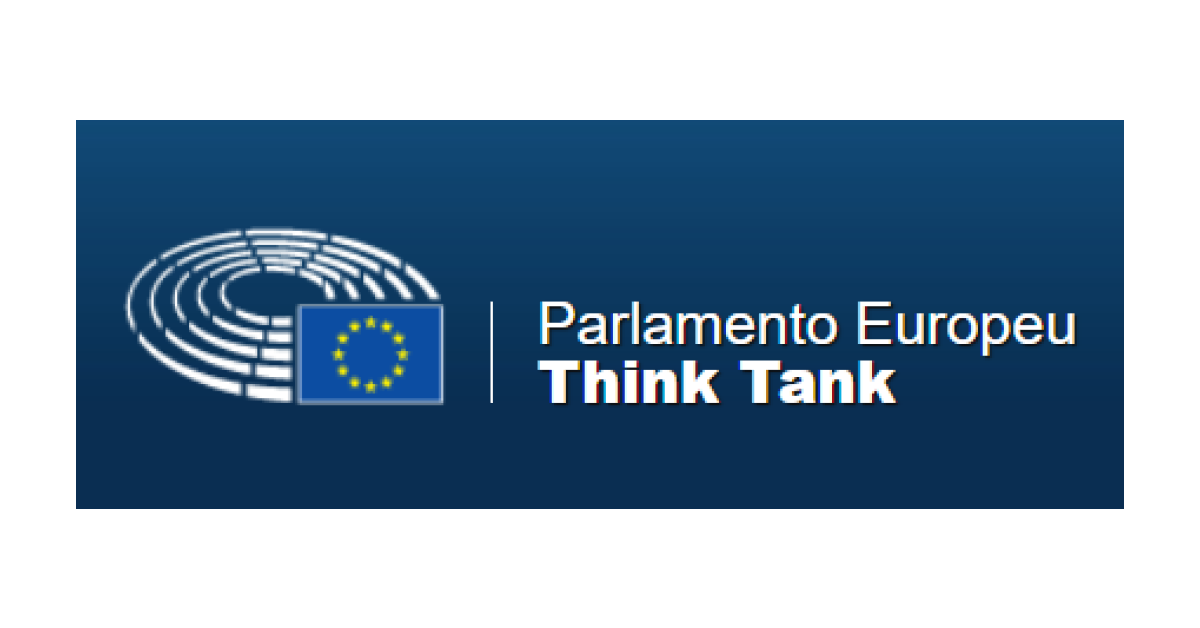The European Union is the world’s largest producer, consumer and exporter of wine. It accounts for half of the world’s production, with three quarters of EU wine produced in Spain, France and Italy. The EU had 2.2 million vineyard holdings in 2020, varying in size from an average of 0.2 hectares in Romania to 10.5 hectares in France. The EU also accounted for 48 % of global wine consumption in 2021, with the largest overall consumption recorded in France, Italy and Germany. Globally, only the United States consumed more wine than any of these three countries. EU wine policy is as old as the common agricultural policy (CAP). The principal legislation in the sector is the Common Market Organisation (CMO) Regulation, which contains rules on numerous aspects of winemaking. Among other things, these rules govern wine sector product definitions, oenological practices, vine planting authorisation schemes, labelling and presentation, and geographical indications. The CAP Strategic Plans Regulation, the CAP Horizontal Regulation, and a plethora of delegated and implementing acts also apply. The complex policy framework also includes other legislation, such as the Food Labelling Regulation and the Organic Production Regulation. EU wine producers today face numerous challenges. Hit by the closure of the hospitality sector during the COVID-19 pandemic, the sector has also suffered from unfavourable weather conditions due to climate change, which is expected to require substantial changes in the way wine is produced in the future. EU winemakers face increasing competition from other parts of the world, as well as the changing preferences of consumers, who are increasingly opting for wines with less alcohol and wine produced and packaged in sustainable ways. The changing legislative framework at EU and national levels also brings new challenges.
→ Aceda aqui ao documento ←
O artigo foi publicado originalmente em Think Tank – Parlamento Europeu.






















































Discussão sobre este post